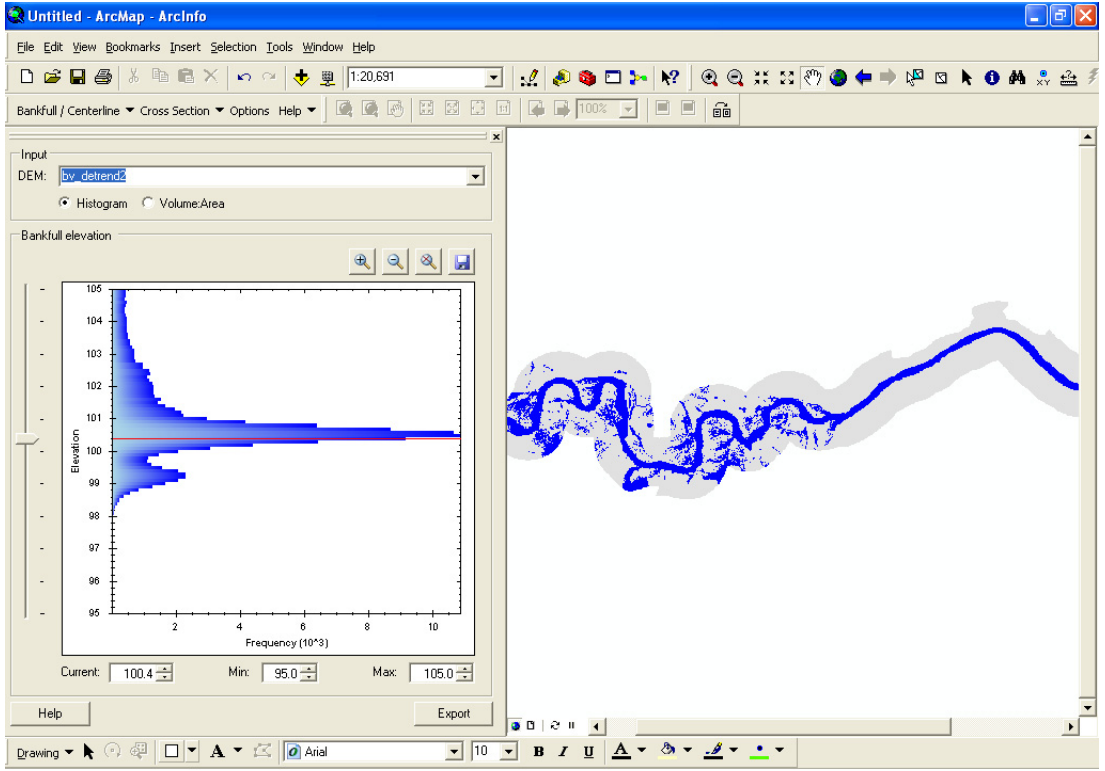

In 2007, Jennifer Carrell, GIS and graphics specialist for ISGS, Prairie Research Institute, University of Illinois at Urbana-Champaign, recognized the need for improving the process for making the cross sections shown on ISGS maps. This has opened up new possibilities for generating 3D perspectives of the underground world. Today, earth scientists have more information about the subsurface than ever and sophisticated software systems to analyze and manage it.

Today, cross sectioning remains an important intermediate step in visualizing what is beneath the ground in true 3D.īefore the widespread use of computers, creating dynamic 3D views of the ground below was practically impossible. These diagrams show the strata of the earth's crust like a slice of layer cake viewed edgewise, giving geologists a valuable perspective of the earth's subsurface. Since William Smith's first modern geology map in 1815, geologists have portrayed 3D data on 2D maps using cross section diagrams. The process of creating geologic cross sections in ArcGIS from 2D in ArcMap to 3D in ArcScene using Xacto program outputĪ GIS and graphics specialist for the Illinois State Geological Survey (ISGS) developed GIS tools that help visualize subsurface geology. 2D cross section digitally edited in ArcMapĬonverted to 3D polygons and lines for ArcScene


 0 kommentar(er)
0 kommentar(er)
